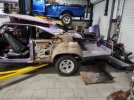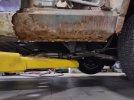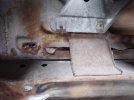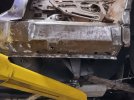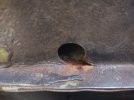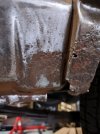mattyboydesigns
New Member
Hello everyone, I'm working on a 1970 roadrunner with a friend (his car). It had a badly replaced quarter panel so we opted to get a replacement. Upon removal of the old panel we discovered some rust. My friend wants to use a rust converter and put the new panel on but I suggested sanding/sandblasting and then epoxy. What would you do in this situation?

